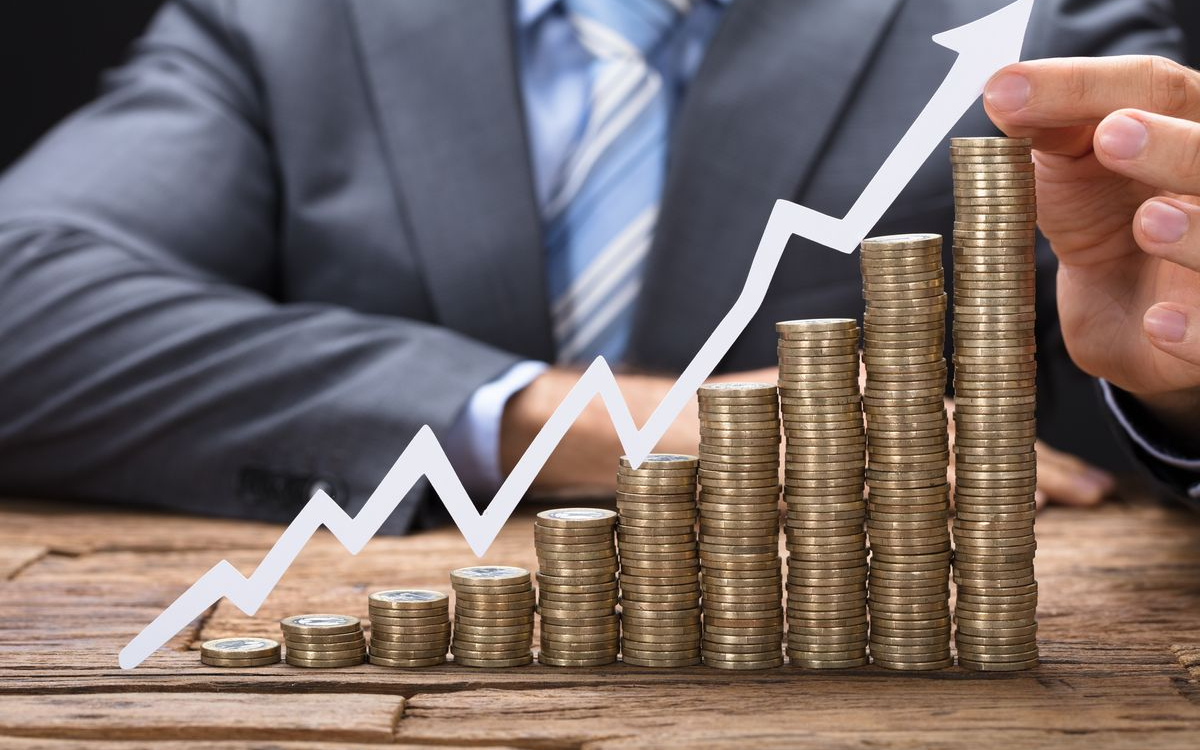Investment activity in 2025 is shifting towards tangible assets with predictable returns. The housing market and commercial real estate continue to play a key role in the structure. The question of what real estate to buy for investment purposes is no longer just about choosing between a one-bedroom and a two-bedroom apartment. A successful investor assesses risks, calculates investment payback periods, and chooses a strategy: renting out, flipping, or long-term income.
Why consider investing in real estate?
Stability, predictability, and physical form are three reasons why many continue to consider real estate investments even in times of economic turbulence. In 2025, the market shows moderate growth, but with the right choice of property, returns of 7–12% annually are possible.

Areas related to rentals, short-term accommodation, and redevelopment are particularly relevant. To invest wisely in real estate, one should consider not only the price per square meter but also legal cleanliness, the area’s prospects, demand levels, and current macroeconomic trends.
What real estate to buy for investments — the main question of 2025
The classic approach to investing in housing no longer works. Today, one must think in terms of income per square meter, renovation profitability, and flexibility in usage scenarios. Choosing real estate for investments is a question that requires calculations and a cold analysis.
There are no universal answers, but there are guidelines: low entry price, high liquidity, stable rental demand. Studios, new buildings with transparent development, compact office spaces, commercial real estate in residential areas, and non-standard formats like parking spaces and storage units are winning in this context.
Best real estate for investing — how to choose the format?
The choice depends on the amount, goals, investment horizon, and level of involvement. Some investors seek stable rental income, while others aim for quick profits through resale. Experienced players combine both approaches.
The best options in 2025 are those that combine affordability, a clear target audience, and the ability to quickly change strategy. It is important that the property does not sit idle, quickly finds tenants or buyers, does not lose value, and does not require complex maintenance.
Profitable real estate for investments — guidelines
In a cautious price growth environment and competition among owners, finding a property that brings real profit is particularly valuable. Therefore, it is important to understand in advance what real estate to buy for investments so that the investment does not become a burden but consistently generates income in a changing market. Below are examples of formats worth considering:
- studio in a new building at the start of sales;
- small commercial space on the ground floor of a residential building;
- parking space in a densely populated area with parking shortages;
- storage unit in a business-class building;
- summer cottage with infrastructure for summer rentals.
Such profitable properties have a low entry threshold, do not require complex renovations, and pay off faster than traditional apartments.
Income-generating real estate: passive or active?
The concept is often discussed in the context of passive income. However, in 2025, more investors are moving towards an active model: participating in renovations, managing rentals, optimizing taxes. This is especially relevant for short-term rentals, where income can be twice as high as with long-term leases.
When deciding what real estate to buy for investments, it is important to understand that higher profitability requires greater involvement. Formats with potential returns of 10% and above require control, marketing, investment in renovations, and legal support.
Top formats for investments in 2025
In times of uncertainty, some strategies are leaving the market, making room for new ones. Below are the formats that are relevant in 2025:
- studio with renovation for rent in a metro area;
- new buildings with occupancy within 6–12 months;
- commercial space up to 50 m² in a residential quarter;
- apartment for investments in a resort area;
- land plot with rental potential;
- aparthotel with a management company.
Each of these options has its target audience and investment return period. Flipping, especially, is interesting — quick resale with minimal investment in finishing.
Strategies: renting out or resale
The key moment is choosing between renting out and reselling. The first path involves gradual income accumulation, while the second offers a sharp profit after sale. Flipping requires market knowledge, the ability to quickly make cosmetic changes, and effectively present the property. Renting out requires stability, calculations, and a well-thought-out contract.
Understanding your model will help accurately determine what real estate to buy for investments: a property with maximum liquidity or an asset with high rental income. In 2025, a combined approach is becoming popular: temporary rental followed by sale.
How to invest in real estate without mistakes?
Regardless of the format, the key to success is proper preparation. Below are tips that will help avoid losses and form a working strategy:
- study demand, not just price;
- evaluate profitability considering taxes and maintenance;
- do not invest in long-term construction or projects without permits;
- check the developer and extract from the Unified State Register of Real Estate;
- do not overestimate price growth — calculate based on facts;
- consider not only the city center but also residential areas;
- think about who you will rent to and for how much.
Only by following these principles will investments in square meters truly bring income.
Formats to avoid?
Not all properties generate profit. There are formats that may seem attractive on paper but result in losses in practice. To avoid such mistakes, it is important to clearly define what real estate to buy for investments based on real profitability indicators. Below are assets to avoid in 2025:
- apartments without registration and infrastructure;
- land plots without utilities and access roads;
- commercial spaces without a target audience;
- apartments in old buildings without major repairs;
- illiquid new buildings in industrial zones;
- parking spaces in areas with street parking.
Such properties do not meet the criteria of “income-generating assets” and can freeze capital for years.

How to avoid mistakes in choosing?
The answer to the question of what real estate to buy for investments cannot be found in a universal formula. Each market, area, and property requires analysis. In 2025, those who can calculate, act quickly, and consider tenant or buyer behavior are the winners.
Betting on compactness, liquidity, and readiness for operation proves to be stronger than the race for square footage. Success comes to those who did not chase trends but chose the best real estate for investment based on goals rather than trends.
 en
en  de
de  ar
ar  es
es  nl
nl  hi
hi  fr
fr  it
it  pt
pt  el
el 










